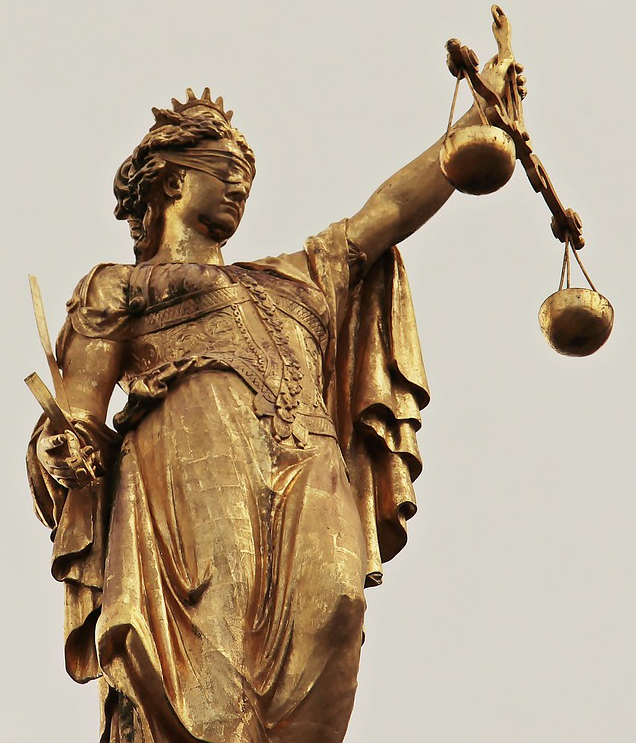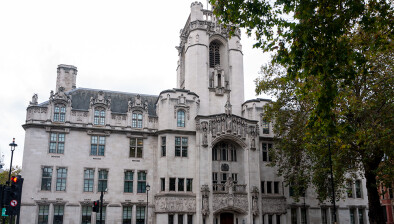Blog: Shifting sands on the definition of ‘woman’ in Scots law
 Dr Kath Murray, Lisa Mackenzie and Lucy Hunter Blackburn highlight some concerns between gender representation legislation and consistency with the Equality Act.
Dr Kath Murray, Lisa Mackenzie and Lucy Hunter Blackburn highlight some concerns between gender representation legislation and consistency with the Equality Act.
In early 2018, with support from most parties, the Scottish Parliament passed the Gender Representation on Public Boards Act, aimed at improving the representation of women on the boards of Scottish public authorities. Speaking during the Stage 1 debate, Cabinet Secretary Angela Constance MSP said: “Women’s voices need to be heard and they need to be part of the decisions that are made in Scotland’s boardrooms. Scotland’s public bodies, colleges and universities are responsible for significant sums of public money, and they oversee and deliver public services that touch all aspects of people’s lives.”
Drawing on the protected characteristics of both ‘sex’ and a modified version of ‘gender reassignment’, Section 2 of the Act states that the definition of ‘woman’ “includes a person who has the protected characteristic of gender reassignment (within the meaning of section 7 of the Equality Act 2010) if, and only if, the person is living as a woman and is proposing to undergo, is undergoing or has undergone a process (or part of a process) for the purpose of becoming female” [our emphasis].
This expanded definition of ‘woman’ was introduced at stage 2 of the legislative process, following representations from the Scottish Trans Alliance. It brings within scope some people who have not changed their legal sex to ‘female’ using a Gender Recognition Certificate (GRC), and excludes some people who remain female in law (those transitioning to live as men, without a GRC).
In 2019 the Scottish government consulted on the implementation of the act. The consultation document included draft guidance, which set out examples of acceptable ‘evidence that the person was continuously living as a woman’, all of which are linguistic in nature:
“always using female pronouns; using a female name on official documents such as a driving licence or passport, or on utility bills or bank accounts; describing themselves and being described by others in written or other communication using female language.”
Earlier this month, the Scottish government published the analysis of responses to the consultation. The contract issued for this work shows the results were due at the end of October 2019, suggesting that the government has not rushed to publish.
The consultation received 310 responses, the majority of which “focused on concerns raised regarding terminology and definitions used in the act, specifically, the term ‘gender’ and the definition of ‘woman’”. Respondents highlighted that “the definition used has extended the legal definition of woman far beyond the Equality Act” (which defines a ‘woman’ as a ‘female of any age’) and argued that the definition confused different protected characteristics, to the disadvantage of women, thereby undermining the value of the act.
Feminist advocacy group Engender supported the revised definition, stating that “to define women so as to exclude trans women with or without a GRC would risk disclosing an individual’s trans status”. Conversely, grassroots feminist groups Woman’s Place UK and For Women Scotland both highlighted the incongruence between the definitions contained in the 2018 act and the Equality Act 2010.
It is relevant, given these criticisms, that the government originally suggested that its 50 per cent “gender representation objective” would be for those who are “female or who identify as female”, but after a consultation in 2017, changed this to “women” prior to introduction. The bill’s Policy Memorandum explained: “This step was taken to ensure that the Bill reflects the protected characteristic of sex in the Equality Act 2010”. That change strongly implies that the original formulation was recognised within government as not covering the same group as “women”, as used in the 2010 act, and that consistency with the act was then seen as important.
The debate, of course, goes far wider than the Public Boards Act. Defining who is a woman in law and policy has been the subject of intense debate in recent years. While the UK and Scottish governments have both paused their plans for reforming the Gender Recognition Act (GRA), all the main political parties support amending the GRA, and have at some point advocated that individuals should be able to change their legal sex by making a statutory declaration (often referred to as ‘self-ID’). For instance, speaking at an event on the political representation of women in 2018, Liberal Democrat President Sally Brinton stated that she would be happy with a ‘gender-balanced’ parliament made up of 50 per cent men and 50 per cent trans women.
Despite its earlier interest in consistency with the Equality Act 2010, the concerns raised about the definitions used in the GRPB Act 2018 have not caused the Scottish government to pause and the act will come fully into force at the end of next month. The planned guidance does not appear to have been issued yet, and the Scottish government has not commented on the points made in the consultation analysis.
The authors are the founders of policy analysis collective MurrayBlackburnMackenzie








